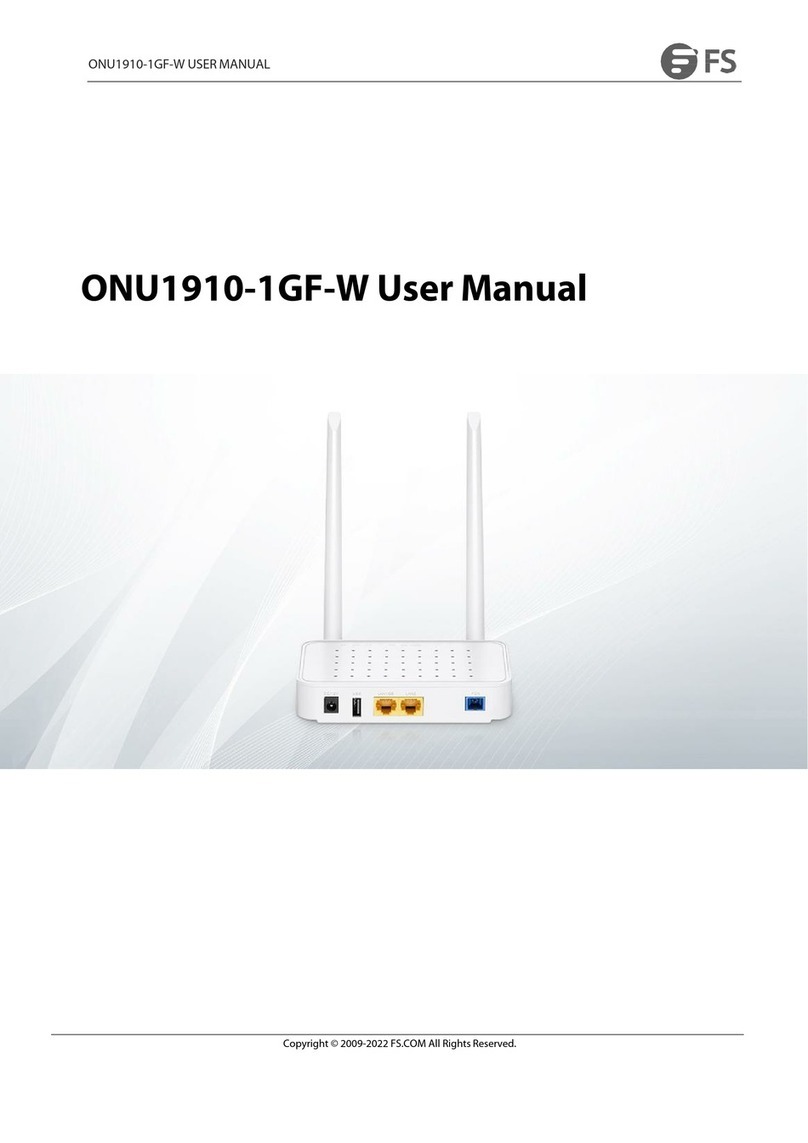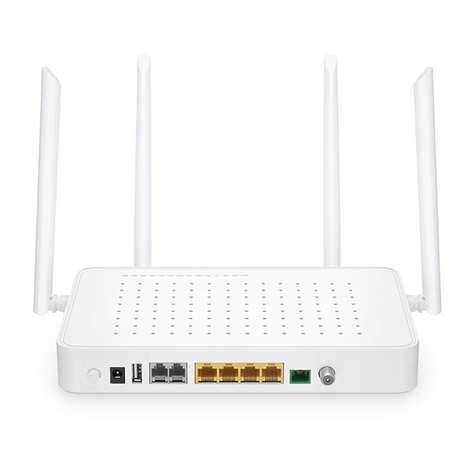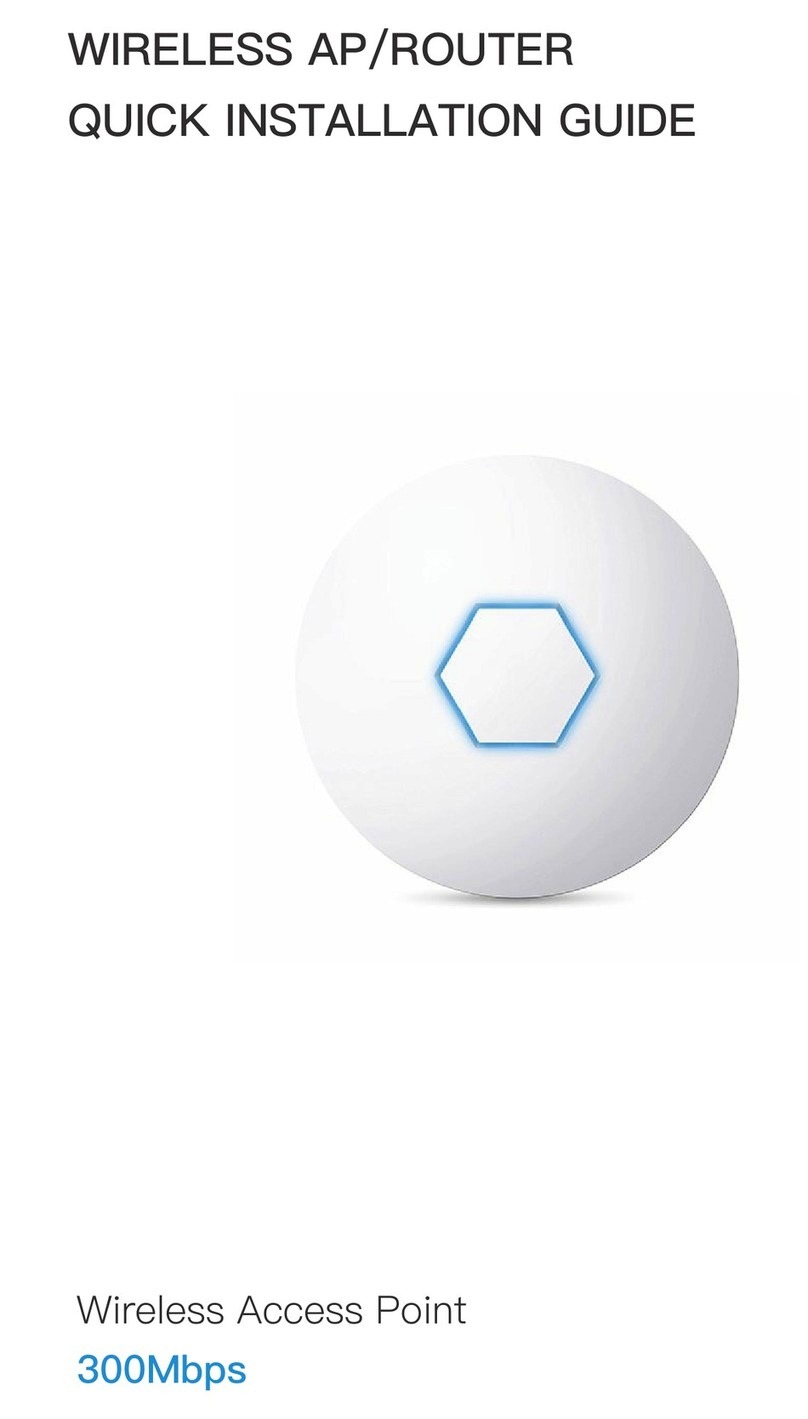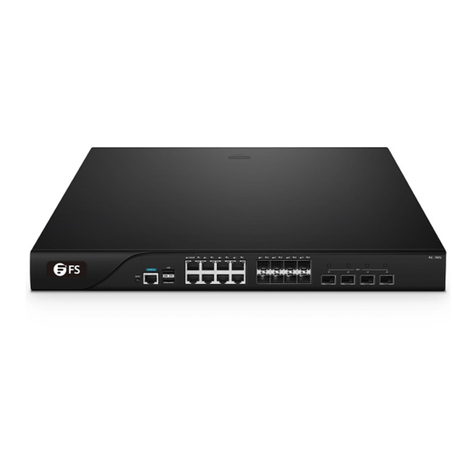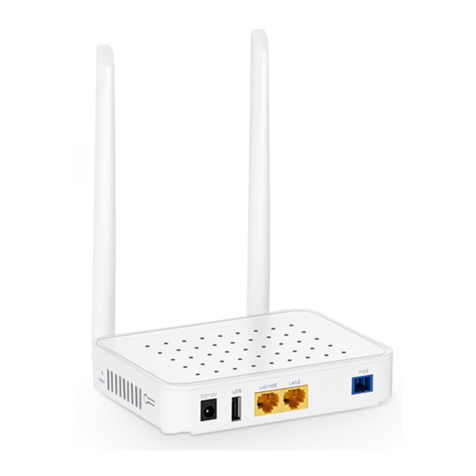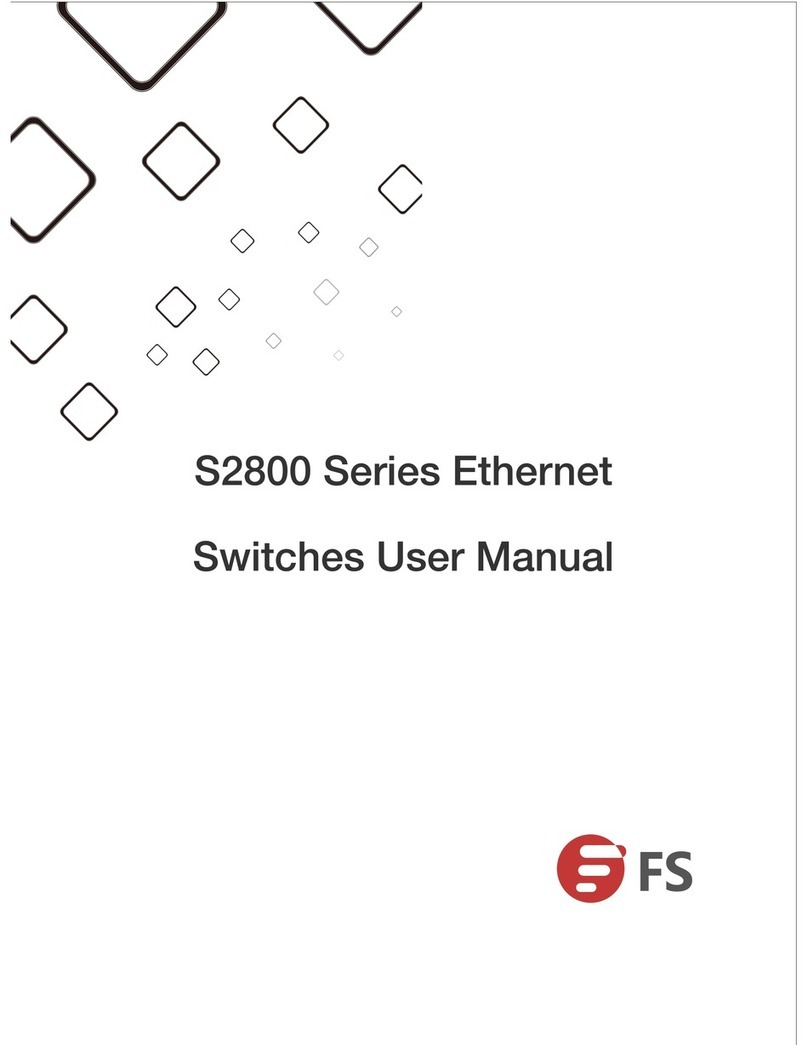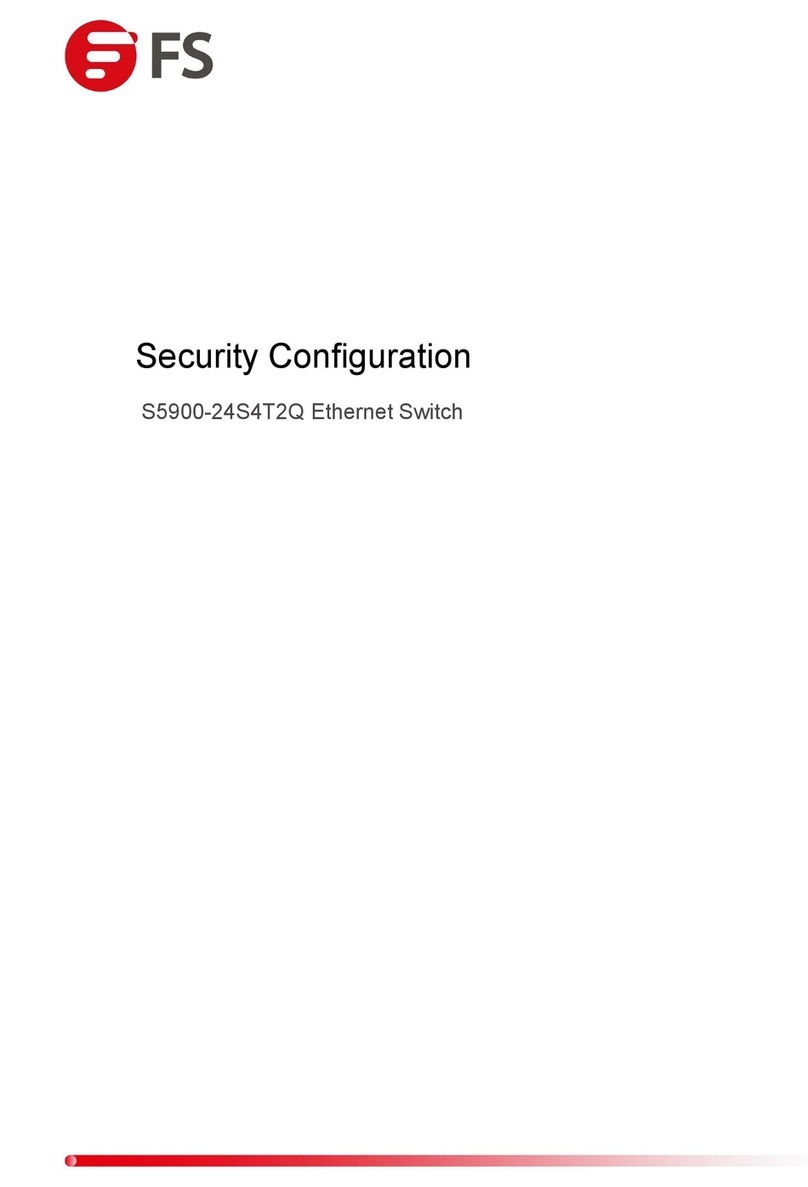
S5900-24S4T2Q SWITCH BFD CONFIGURATION
1. Configuring BFD
1.1 Overview
BFD (Bidirectional Forwarding Detection) is a set of all-net uniform detection mechanism used for rapid detection and monitoring of
link or IP routing forwarding connectivity. To improve the performance of existing networks, communication troubles can be
detected rapidly between neighboring protocols so that a standby communication channel can be quickly established.
BFD can establish sessions between two machines to monitor bidirectional forwarding paths between the two machines and serve
upper-level protocols. The served upper-level protocol notifies BFD of the one with which the session is established. After the session
is established through the three-handshake mechanism, no reception of BFD control packets from the peer within the detection
time or the number of dropped echo packets outnumbering the allowed threshold causes trouble. This case is then reported to the
upper-level protocol for corresponding processing.
1.2 BFD Configuration Tasks
1.2.1 Activating Port BFD
Port BFD is not activated by default.
After port BFD is enabled, BFD configured through dynamic protocols takes effect. Run the following command to achieve the
previous purpose:
bfd enable <cr> | [min_tx_interval <tx_value> min_rx_interval
<rx_value> multiplier <m_value>]
Before the BFD session is established, the BFD control packets are transmitted in an interval of no less than 1 second so as to narrow
down traffic. After the session is established, the BFD control packets are transmitted in a negotiated interval so as to realize rapid
detection. During the establishment of BFD session, the transmission interval and detection time of BFD control packets are also
determined via packet exchange. In an effective BFD session, these timers can be modified through negotiation at any time without
affecting the session status. The timer negotiations at different BFD session directions are conducted independently and the
bidirectional timers can be different. The transmission interval for BFD control packets is the maximum value between local
min_tx_interval and peer min_rx_interval, that is to say, the comparatively slow part decides the transmission frequency.
The detection time is Detect Mult in peer BFD control packets multiplied the negotiated transmission interval of peer BFD control
packets. If you increase min_tx_interval of the local end, the actual transmission interval of BFD control packets on the local end
cannot be modified until the packets reset by the peer's F field are received, which ensures that the detection time is lengthened on
the peer before the increase of the transmission interval of BFD control packets on the local end. Otherwise, the detection timer on
the peer may time out.
If min_rx_interval on the local end is decreased, the local detection time cannot be modified until the packets reset by the peer’s F
field are received, which ensures that the transmission interval of BFD control packets on the peer has been decreased before the
decrease of local detection time. However, if min_tx_interval is decreased, the local transmission interval of BFD control packets may
decrease immediately; if min_rx_interval is increased, the local detection time will increase immediately.
1.2.2 Activating the Port BFD Query Mode
The port BFD query mode is not activated by default.
In query mode, we suppose that each system has an independent method to confirm its connection with other systems. Once a BFD
session is established, the system stops transmitting BFD control packets unless a certain system requires explicit connectivity
checkup. In a system where explicit connectivity checkup is required, the system transmits short-sequence BDF control packets and
claims the session is down if it doesn't receive the response packets in the checkup period. If the response packets are received from
the peer in the checkup period, it means the forwarding path is normal and the BFD control packets then stop being transmitted.
Run the following command to achieve the previous purpose:
Activates the BFD query mode.
The system supports to activate or deactivate the BFD query mode.






